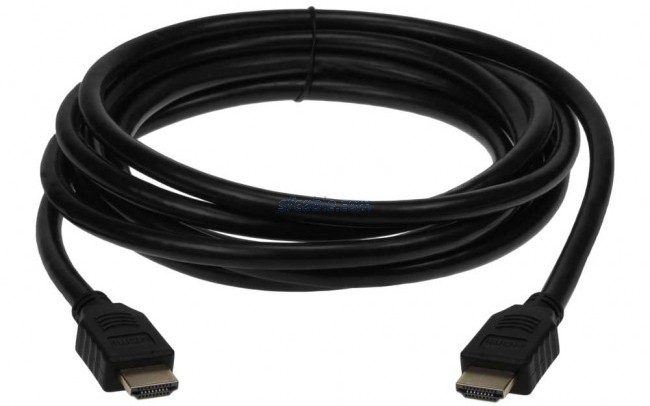The HDMI Cables Dilemma: To Upgrade or Not to Upgrade?
In the year 2002, renowned electronic manufacturers like Sony, Philips, Toshiba and Hitachi introduced High Definition Multimedia Interface (HDMI). For those who are unaware, it is an all-digital interface that carries video and audio signals and is backward compatible with video digital interface DVI. HDMI has always kept on evolving with various standards and protocols. This year, a new cable connection standard known as HDMI 2.1 introduced. High Bandwidth cables of 48G belong to this category.
 New standards in HDMI, always bring up a common concern. “If I buy a new TV or other device with this standard, do I have to upgrade your current HDMI cables?” The answer to this question is mostly “No”. And at least with HDMI 2.1, you don’t have to worry about upgrading your cables at least for the next couple of years.
New standards in HDMI, always bring up a common concern. “If I buy a new TV or other device with this standard, do I have to upgrade your current HDMI cables?” The answer to this question is mostly “No”. And at least with HDMI 2.1, you don’t have to worry about upgrading your cables at least for the next couple of years.
However, there are certain scenarios wherein you might have to consider buying 48G cables. Here’s an insight into these possibilities:
Running 4K Resolutions:
When it comes to running 4k resolutions, new HDMI cables are a major need. Computers have the potential to send maximum resolution and frame rate in the current HDMI spec. Also, they are an exclusive resource that can handle any resolutions in the upcoming HDMI 2.1 spec.
If your computer is robust and you want to connect it with a UHD TV, it is advisable to go for a Premium Certified cable as non-certified cables might not work. You can choose to buy 48G cables once they come out but they would be more useful for a television that can handle higher 4k frame rates.
For A TV That Works, But Doesn’t Work
While watching TV, you might have experienced sudden flashes, blinks or image distortions. This generally happens when your HDMI cable is old and overused (due to over plugging and unplugging). The cheapest solution to this problem would be replacing it with another HDMI cable. But if you have a new TV that doesn’t show 4k resolution, you can spend a little more and buy a premium certified HDMI cable. Thereafter, such problems might stop occurring.
For A New 4K Streamer, A Console (With HDR) Or UHD BD Player
UHD BD players, superior quality media streamers and consoles like PS4 Pro and Xbox One S can give an output of 4K HDR. Check the length of your HDMI Cables when you connect them with the above mentioned devices.
If the cables are a few feet long, it shouldn’t be a problem. But if they are longer than that, they might not be able to handle 4K, HDR data. In case your TV is not able to display HDR even if its source and content is HDR, there might be something wrong with your HDMI cables.
The high-speed HDMI cables are specially created to take care of 4k resolutions. But that in no way means that they can also handle higher data versions like or higher frame rates. It is difficult to send high resolutions to remote place. Which means if you have a 15ft/3m cable which was compatible with all your 1080p gear, there is a possibility that it will not work with 4K HDR.
We hope, this brings much clarity on upgrading HDMI cables. For more information, stay connected to us!



Comments
Post a Comment